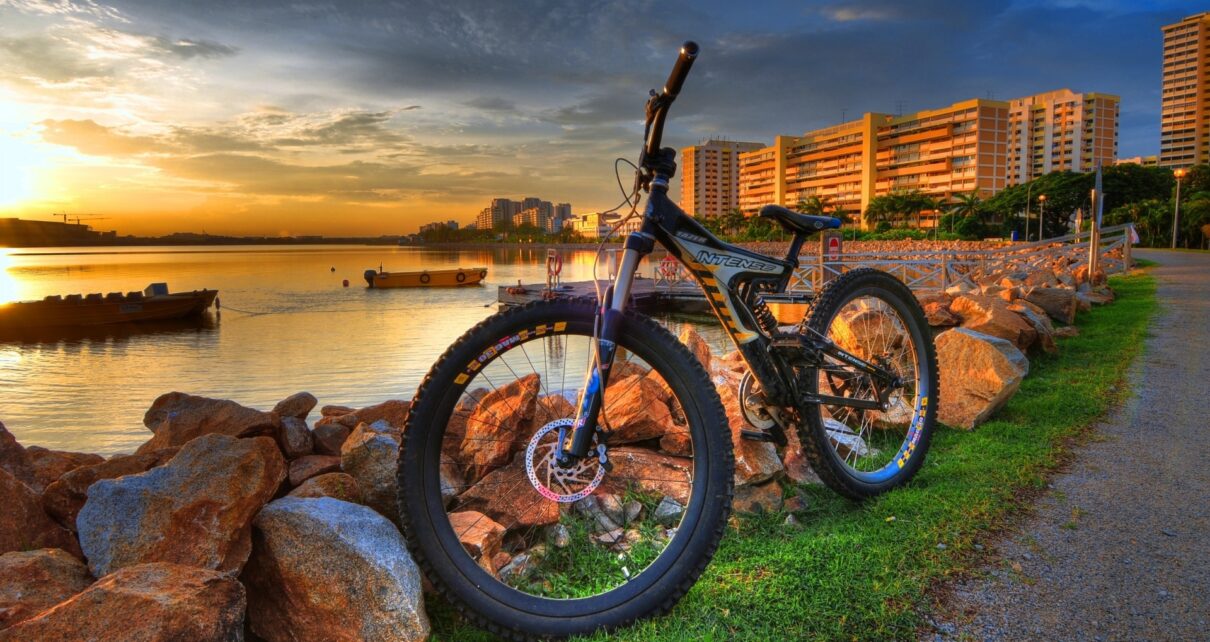If you’re a regular road bike rider, pairing your bike with a GPS watch can really take your training and navigation to the next level. When synced together, these devices track your speed, distance, heart rate, and route in real time — giving you instant access to all the data you need. Whether you’re aiming to improve your performance or just want to find new cycling routes, syncing your road bike with one of the popular gps watches for sale is a game changer.
This easy tutorial will walk you through each step to get your bike and watch talking, so you can make the most out of every ride.
Why Should You Sync Your Road Bike with a GPS Watch?
Before jumping into setup, it’s worth knowing why syncing matters. As of 2024, almost 70% of cyclists use GPS-enabled devices to track their rides. Pairing your watch with your road bike gives you:
- Accurate tracking of speed, cadence, heart rate, and elevation.
- Turn-by-turn navigation without needing your phone.
- Detailed training insights to improve pacing, endurance, and recovery.
- Safety features like live tracking and incident detection.
With your bike sensors feeding data directly to your watch, you get reliable, real-time info to help every ride count.
What You’ll Need to Get Started
Before syncing, make sure you have the right gear:
- Sensors: Your bike should have speed and cadence sensors installed. Some riders also add power meters. These usually connect via Bluetooth or ANT+.
- GPS Watch: Pick a watch from brands like Garmin, Wahoo, or Polar that supports sensor pairing.
- App or Software: Most watches work with apps like Garmin Connect or Wahoo Fitness to set up devices and analyze data.
- Smartphone or Computer: For managing settings, updates, and reviewing ride data.
Double-check your sensors and watch use the same wireless protocol — Bluetooth or ANT+. Some watches handle both, but others don’t.
Step 1: Set Up Your Bike Sensors
If your sensors aren’t already on your bike, start there. Mount the speed sensor on the wheel hub or fork, and the cadence sensor on the crank arm. Follow the instructions from the manufacturer for the right positioning and tight attachment.
Give your wheel and pedals a spin to make sure the sensors pick up movement. If they don’t respond, check batteries or recalibrate them if needed.
Step 2: Turn On Your GPS Watch and Enable Pairing Mode
Power on your GPS watch and head to the sensor or connection settings. While the exact steps vary by brand:
- Find the “Sensors” or “Connections” menu.
- Choose “Add Sensor” or “Pair Sensor.”
- Select the sensor type (speed, cadence, power).
- Turn on Bluetooth or ANT+ scanning.
Your watch should now start searching for the sensors on your road bike.
Step 3: Pair Your Sensors with Your Watch
Once the watch finds your sensors, tap each one to pair. Some watches show sensor IDs—match those to your bike’s sensor labels for accuracy.
After pairing, spin your pedals and wheels to check that your watch registers the sensor data.
If the sensors don’t show up, try moving closer, restarting devices, or checking for other wireless interference.
Step 4: Customize Your Watch Display
After syncing, tweak your watch display to show the metrics you care about most — speed, cadence, distance, heart rate, and more. You can:
- Use larger fonts for your favorite stats.
- Add fields like power output or elevation if your sensors support them.
- Set alerts for heart rate zones or cadence targets.
Personalizing your display helps you focus on what’s important during your ride.
Step 5: Sync Ride Data and Analyze
Once your ride is done, connect your watch to your phone or computer via Wi-Fi, Bluetooth, or USB. Open the companion app to upload your ride data.
From there, you can dive into detailed charts and insights on speed, cadence, elevation, and heart rate — great for spotting where you can improve.
Many cyclists see an average 15% boost in performance within six months just by reviewing their data regularly.
Tips for Smooth Syncing and Great Performance
- Keep your watch and sensors’ firmware updated for the best connection.
- Replace sensor batteries about once a year or when data starts acting funny.
- Avoid syncing near strong electromagnetic sources.
- Always check sensor connections before heading out.
FAQs
1. Can all GPS watches sync with road bike sensors?
No, only watches that support Bluetooth or ANT+ protocols can pair with sensors. Always check specs before buying.
2. Do I need both speed and cadence sensors?
Speed sensors track wheel rotation for speed and distance, while cadence sensors count pedal revolutions. Having both gives a fuller picture but depends on your goals.
3. How can I tell if my sensors are connected during a ride?
Most watches show active sensor icons or display real-time data like speed and cadence once paired.
4. Can I sync my GPS watch with multiple bikes?
Yes! Many watches let you pair with several sensor sets, perfect if you have more than one bike.
5. Will syncing affect my watch’s battery life?
Using Bluetooth or ANT+ sensors does use more power, so expect slightly shorter battery life during rides with active sensor connections.
Summary
Syncing your road bike with best gps watches for sale unlocks precise tracking, better navigation, and deeper training insights. Just follow these simple steps—prepare your sensors, activate pairing mode, connect devices, customize your display, and analyze your ride data.
Keep your devices updated and batteries fresh, and you’ll be riding smarter, safer, and more efficiently every time.
Visit Postmyblogs for more blogs!



